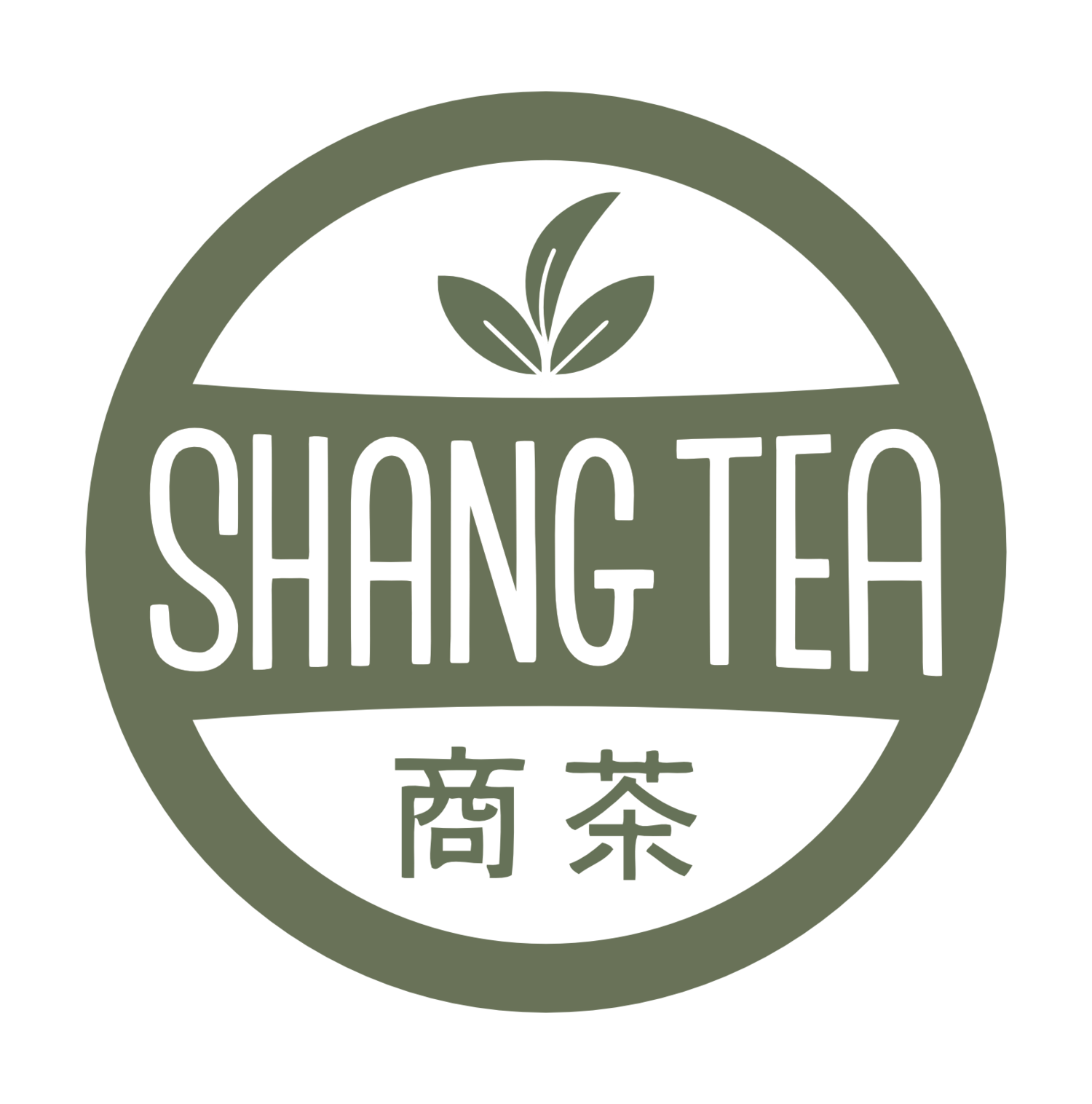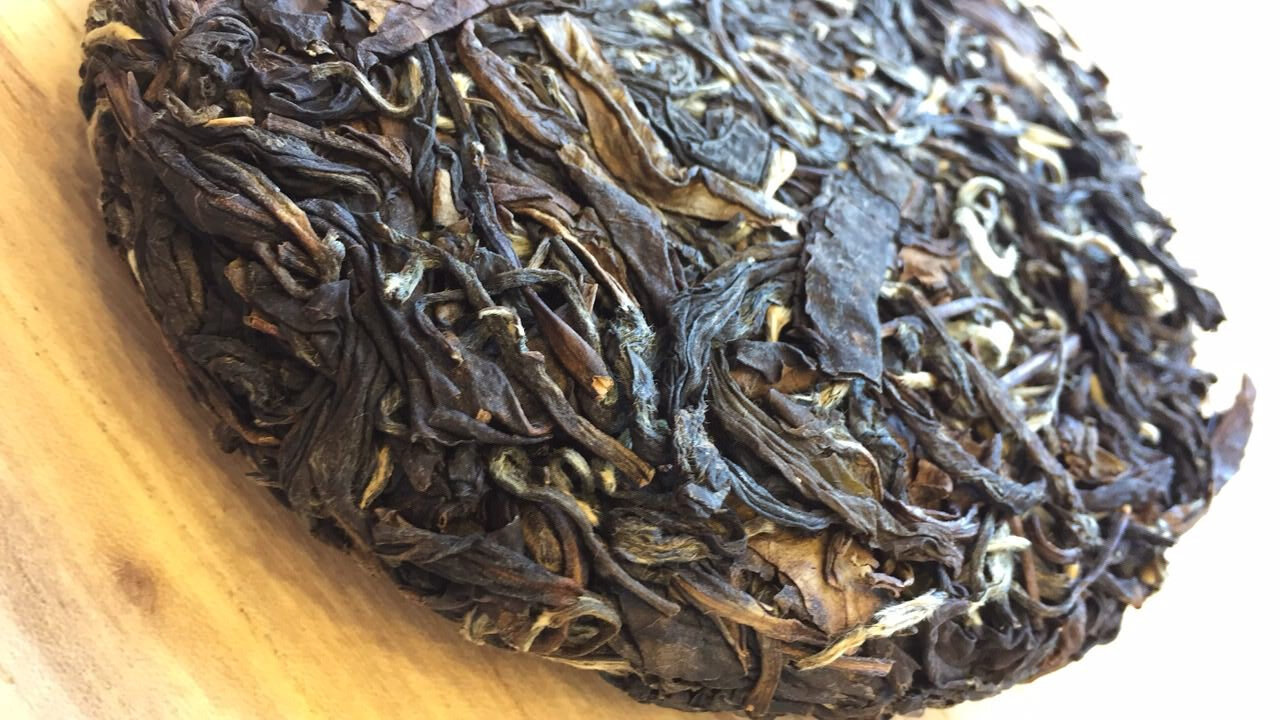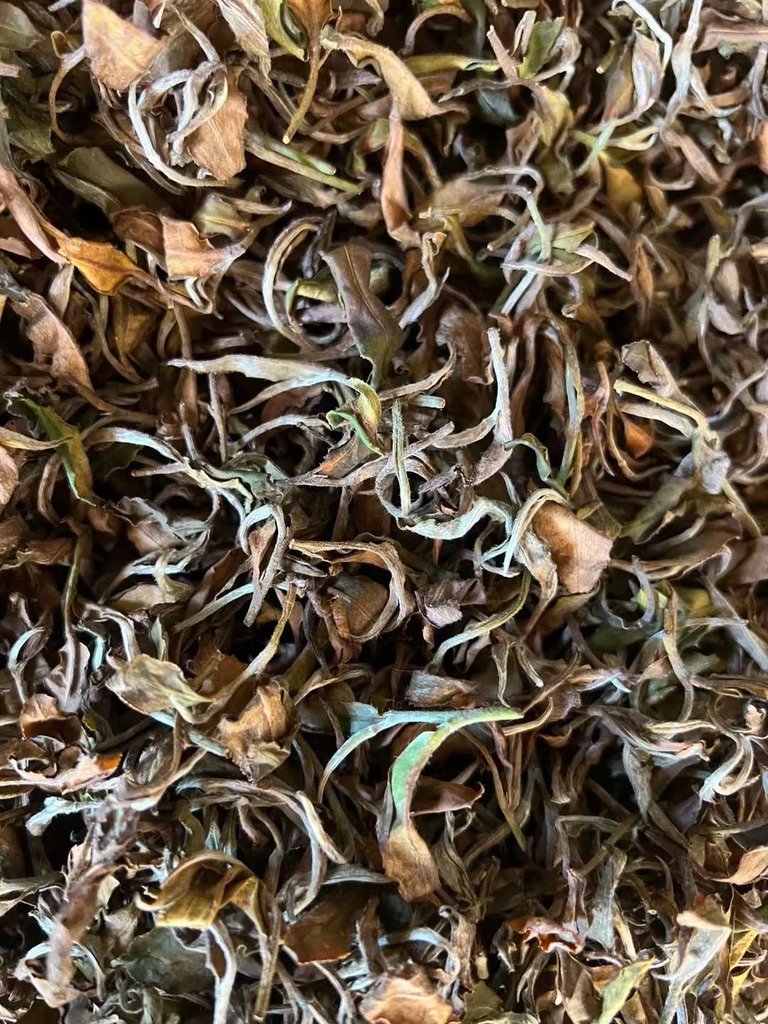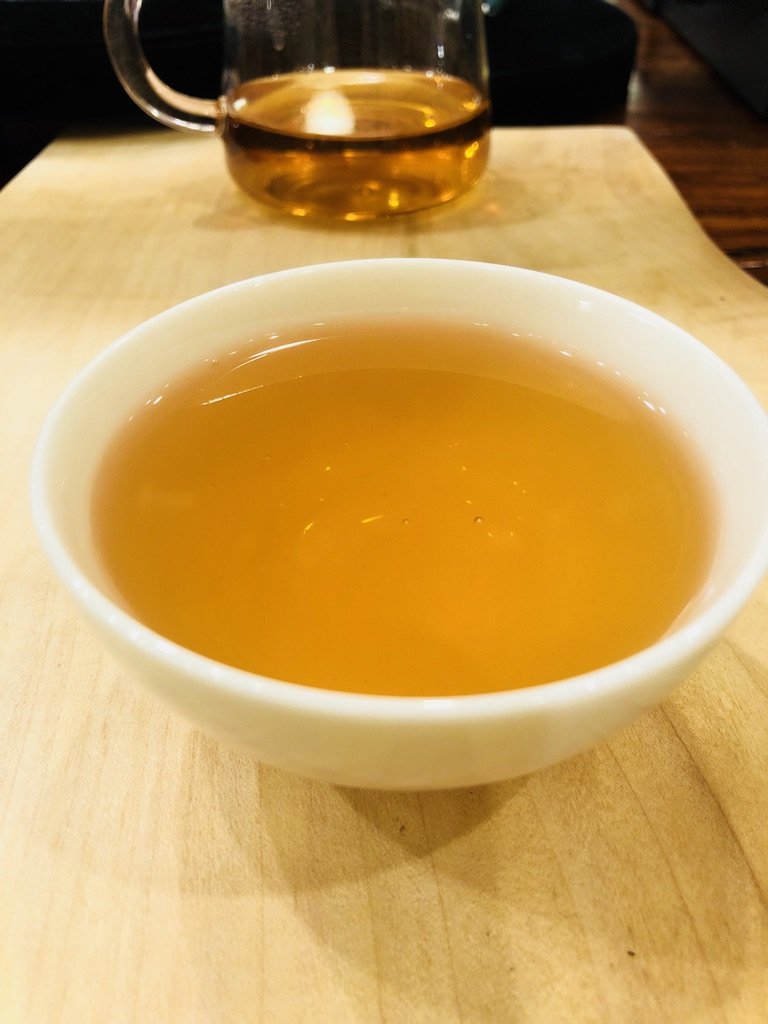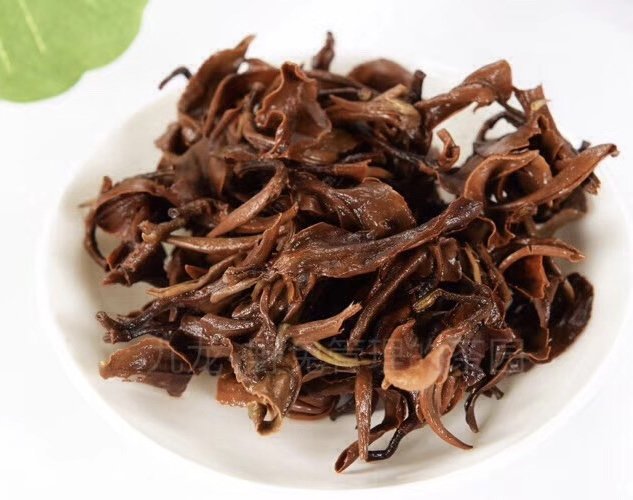Aged White Tea Wu-Long
2 oz (57g) for $32.00, makes 60+ cups
Ingredients: Organic White Tea Leaves
Name: 2012 Brick Aged Wu-Long 老乌龙茶
Cultivar: Da Bai, Da Hao
This tea is sourced and produced at the crown tip of the Tai Mu mountain in South Fujian. From early September, sturdy late-harvest white tea leaves are plucked for the wu-long tea. By this time in the season, the tea plants have what is called “autumn golden sun energy” - they have enjoyed spring and summer rains, bright sunshine, mist and mountain dew, and the large leaves possess a rich and mature aroma. Teas from this harvest season are referred to as having Gao Xiang, or “High Fragrance”.
Immediately after being harvested, the leaves are spread on a cloth to wither for a few hours. When they become soft enough, they are rolled and placed in a cloth-lined bamboo basket. These baskets are placed on shelves lining the walls of a small room, at the center of which is a charcoal stove and a pot of simmering mountain spring water. This arrangement maintains a hot and humid environment in which the buds can oxidize and ferment for a few hours. During this time, the tea is periodically sampled to observe the color and flavor change, as the day’s weather may effect the pace of the process. Once the tea has reached about 40% oxidation, it is removed and shaken in order to cool.
We let the tea leaves rest and oxidize for 18 months, after which time the leaves are compressed into tea cakes. We broke up the tea cakes into 15 gram and 2 ounce (57 gram) increments to make the tea easier to enjoy.
2 oz (57g) for $32.00, makes 60+ cups
Ingredients: Organic White Tea Leaves
Name: 2012 Brick Aged Wu-Long 老乌龙茶
Cultivar: Da Bai, Da Hao
This tea is sourced and produced at the crown tip of the Tai Mu mountain in South Fujian. From early September, sturdy late-harvest white tea leaves are plucked for the wu-long tea. By this time in the season, the tea plants have what is called “autumn golden sun energy” - they have enjoyed spring and summer rains, bright sunshine, mist and mountain dew, and the large leaves possess a rich and mature aroma. Teas from this harvest season are referred to as having Gao Xiang, or “High Fragrance”.
Immediately after being harvested, the leaves are spread on a cloth to wither for a few hours. When they become soft enough, they are rolled and placed in a cloth-lined bamboo basket. These baskets are placed on shelves lining the walls of a small room, at the center of which is a charcoal stove and a pot of simmering mountain spring water. This arrangement maintains a hot and humid environment in which the buds can oxidize and ferment for a few hours. During this time, the tea is periodically sampled to observe the color and flavor change, as the day’s weather may effect the pace of the process. Once the tea has reached about 40% oxidation, it is removed and shaken in order to cool.
We let the tea leaves rest and oxidize for 18 months, after which time the leaves are compressed into tea cakes. We broke up the tea cakes into 15 gram and 2 ounce (57 gram) increments to make the tea easier to enjoy.
2 oz (57g) for $32.00, makes 60+ cups
Ingredients: Organic White Tea Leaves
Name: 2012 Brick Aged Wu-Long 老乌龙茶
Cultivar: Da Bai, Da Hao
This tea is sourced and produced at the crown tip of the Tai Mu mountain in South Fujian. From early September, sturdy late-harvest white tea leaves are plucked for the wu-long tea. By this time in the season, the tea plants have what is called “autumn golden sun energy” - they have enjoyed spring and summer rains, bright sunshine, mist and mountain dew, and the large leaves possess a rich and mature aroma. Teas from this harvest season are referred to as having Gao Xiang, or “High Fragrance”.
Immediately after being harvested, the leaves are spread on a cloth to wither for a few hours. When they become soft enough, they are rolled and placed in a cloth-lined bamboo basket. These baskets are placed on shelves lining the walls of a small room, at the center of which is a charcoal stove and a pot of simmering mountain spring water. This arrangement maintains a hot and humid environment in which the buds can oxidize and ferment for a few hours. During this time, the tea is periodically sampled to observe the color and flavor change, as the day’s weather may effect the pace of the process. Once the tea has reached about 40% oxidation, it is removed and shaken in order to cool.
We let the tea leaves rest and oxidize for 18 months, after which time the leaves are compressed into tea cakes. We broke up the tea cakes into 15 gram and 2 ounce (57 gram) increments to make the tea easier to enjoy.
Harvest
Autumn
From early September to early October the large, sturdy late-harvest white tea leaves are plucked for wu-long. By this time in the season, the tea plants have what is called “autumn golden sun energy”. They have enjoyed spring and summer rains, bright sunshine, mist and mountain dew, and the large leaves possess a rich and mature aroma. Teas from this harvest season are referred to as having gao xiang, “high fragrance”.
Processing
The leaves are spread on cloth to wither for a few hours immediately after they are harvested. When they become soft enough, they are rolled and placed in a cloth-lined bamboo basket. These baskets are placed on shelves lining the walls of a small room, at the center of which is a charcoal stove and a pot of simmering mountain spring water. This arrangement maintains a hot and humid environment in which the buds can oxidize for a few hours. During this time, the tea is periodically sampled to observe the color and flavor change, as the day’s weather may affect the pace of the process. Once the tea has reached about 30% oxidation, it is removed and shaken to cool and fix.
The White Tea Wu-Long is finished over fir and fruit tree charcoal at a medium/high temperature. This slow process maintains the integrity of the young leaves, while the nearly odorless flames from the sweet wood impart a clean aroma.
Shang Tea is one of the only producers left in the region that still uses a traditional charcoal oven to cure teas to sell. Most farmers have switched to electric-powered processing factories to save time and money, though many will finish small batches over charcoal for their own personal collections. For Shang Tea, the clean taste of the tea and the sustainable management of the land are worth the extra time and expense.
